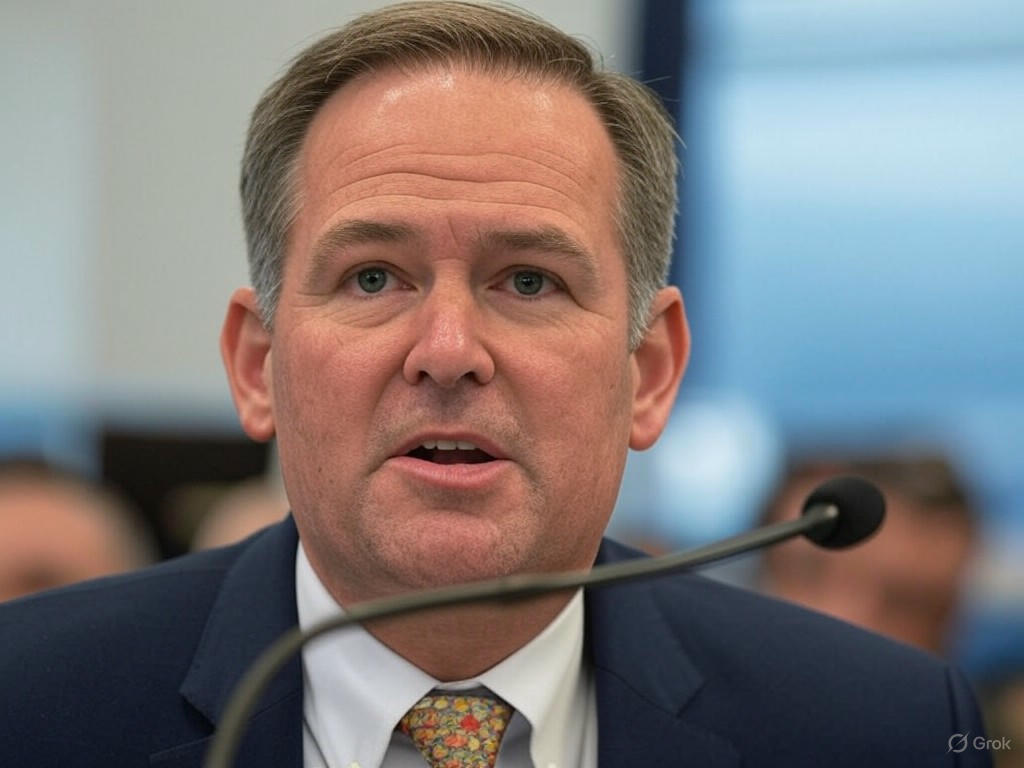Trump and Vance Slam Fed Over Interest Rate Stance, Accuse Policy Missteps
In a striking display of political pressure on monetary policy, President Donald Trump and Vice President JD Vance have united in their criticism of the Federal Reserve, accusing the central bank of mishandling the economy by refusing to slash interest rates. Their comments, made during a recent public address, have reignited debates over the independence of the Fed and the role of political influence in shaping economic decisions. The duo’s sharp rhetoric underscores growing tensions between the administration and the nation’s top financial institution at a time when economic uncertainties loom large.
Trump, known for his outspoken views on economic matters, argued that the Federal Reserve’s reluctance to lower rates is stifling business growth and burdening American consumers. He emphasized that reduced borrowing costs could spur investment, create jobs, and bolster confidence in an economy still grappling with inflationary pressures and global market volatility. Vance echoed these sentiments, taking a more pointed approach by labeling the Fed’s current stance as a form of ‘monetary negligence.’ He suggested that by maintaining higher interest rates, the central bank is failing to address the immediate needs of small businesses and working-class families who rely on affordable credit to navigate financial challenges.
The criticism comes at a pivotal moment for the U.S. economy. With inflation showing signs of moderation but still above the Fed’s target, policymakers face a delicate balancing act. Lowering rates could risk reigniting price pressures, while keeping them elevated might slow economic recovery and dampen consumer spending. Economists remain divided on the issue, with some arguing that the Fed must prioritize long-term stability over short-term political demands. Others, however, believe a rate cut could provide a much-needed boost to sectors struggling under the weight of high borrowing costs, such as housing and manufacturing.
The Trump-Vance tandem’s public critique has also raised eyebrows about the potential erosion of the Federal Reserve’s autonomy. Historically, the Fed operates independently to insulate monetary policy from political whims, a principle designed to ensure decisions are based on data rather than electoral cycles. Yet, the current administration’s vocal push for rate reductions has fueled concerns that such independence could be undermined, setting a precedent for future interventions. Financial markets, already jittery amid geopolitical tensions and domestic policy uncertainties, may react unpredictably to this heightened friction between the White House and the central bank.
As the debate unfolds, all eyes are on the Federal Reserve’s next moves. Will it hold firm in the face of political pressure, or will it adjust its course to align with the administration’s vision for economic growth? For now, the clash between Trump, Vance, and the Fed serves as a reminder of the complex interplay between politics and economics, with significant implications for businesses, investors, and everyday Americans. The coming months will likely reveal whether this public feud will reshape the landscape of U.S. monetary policy or remain a fleeting war of words.


